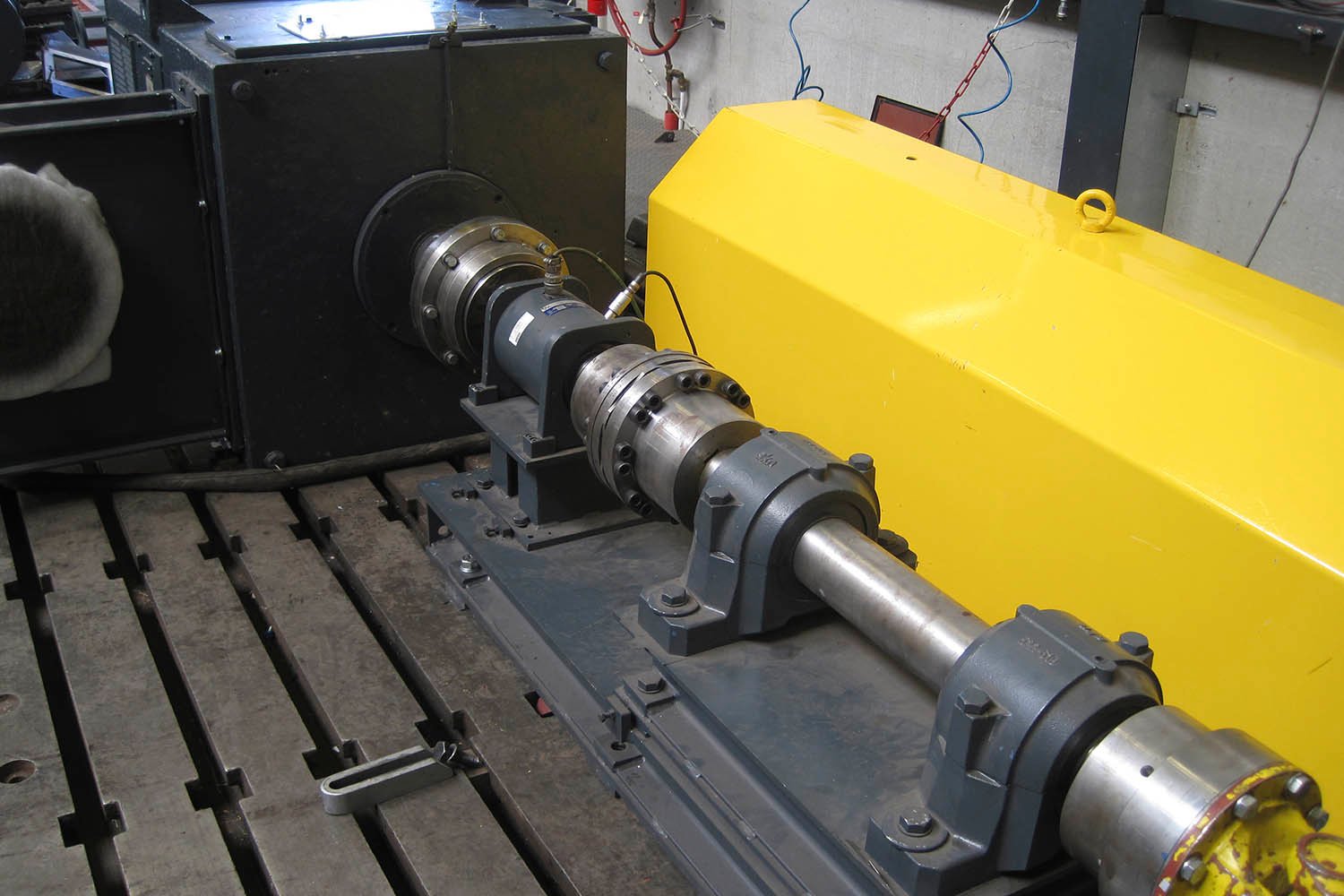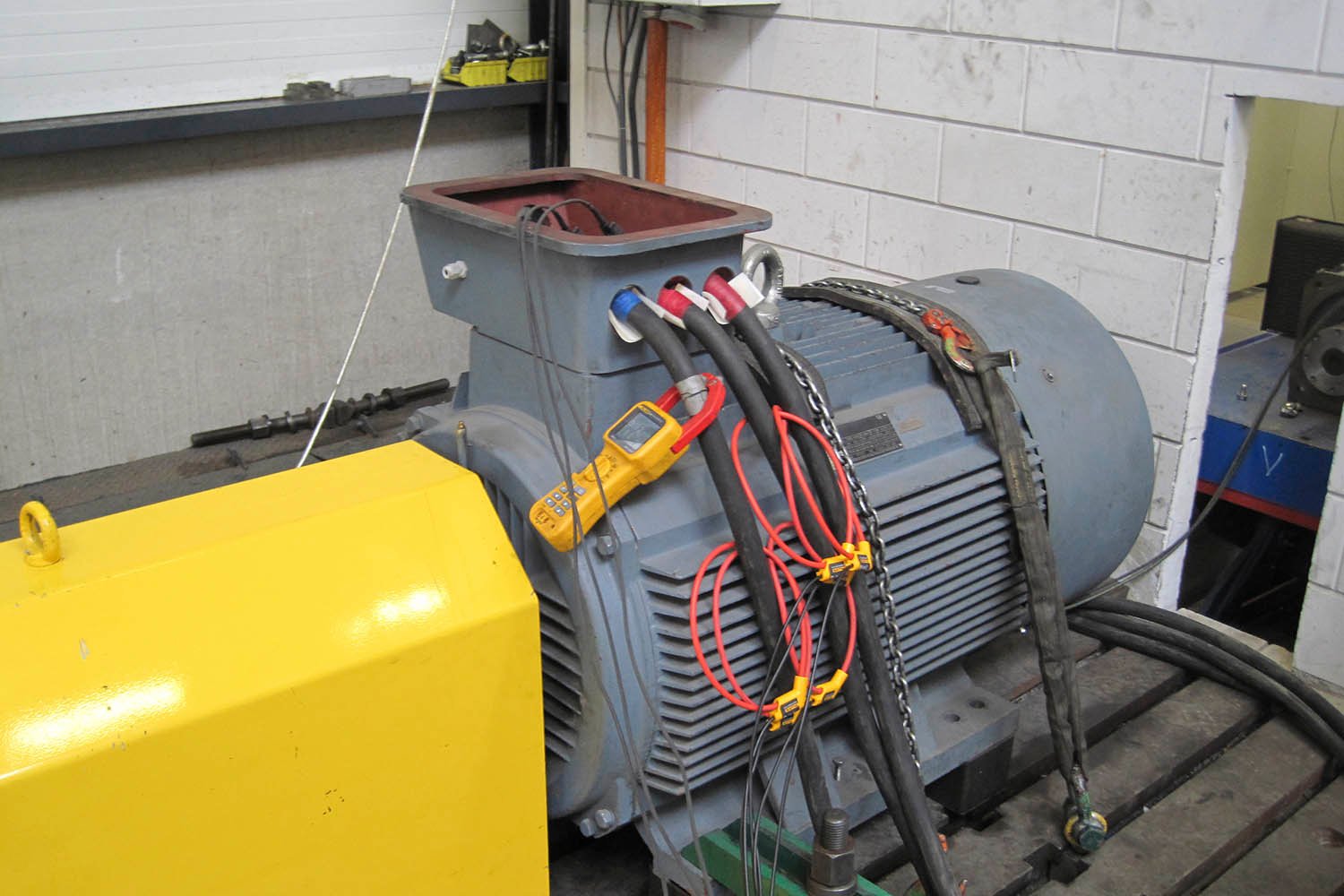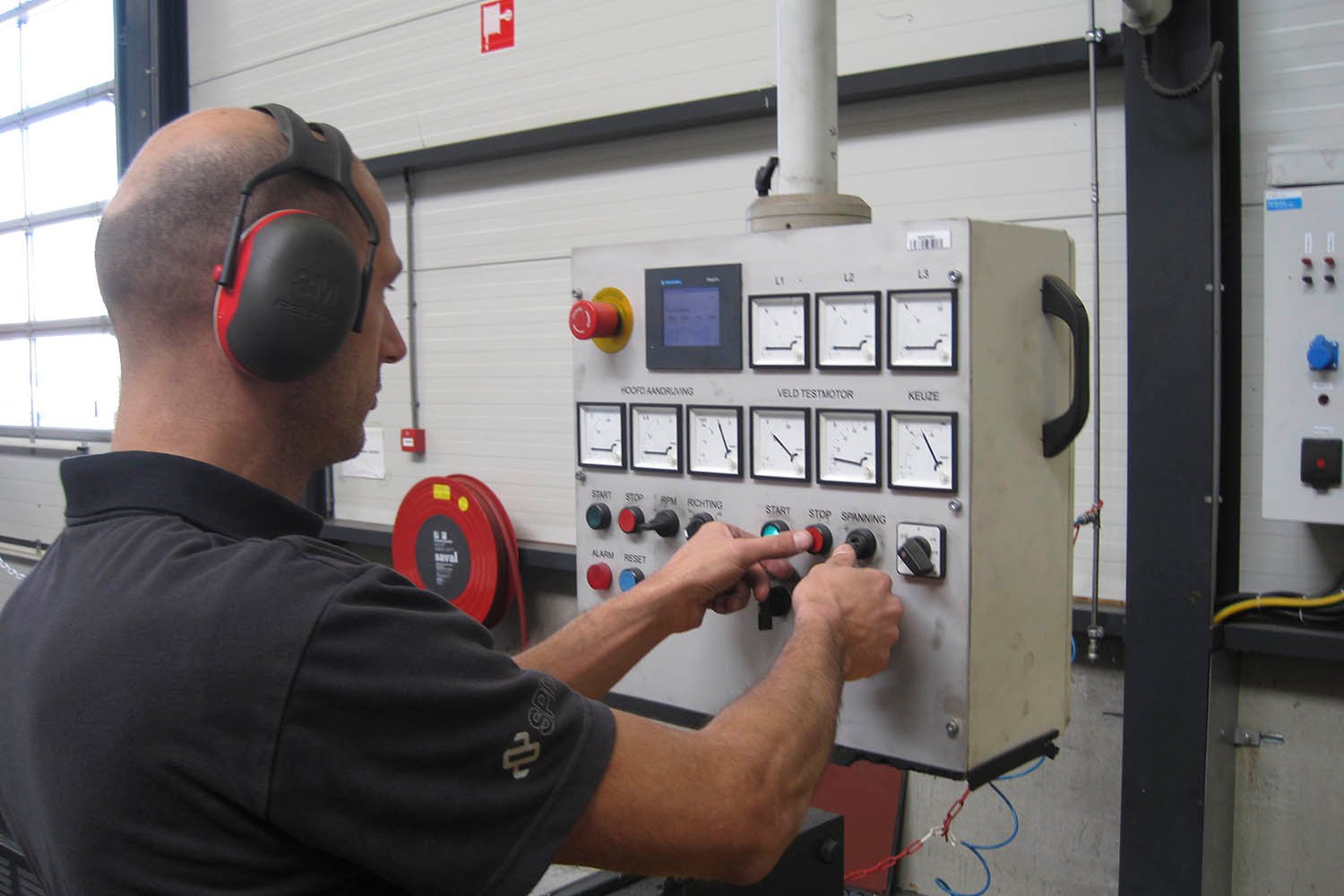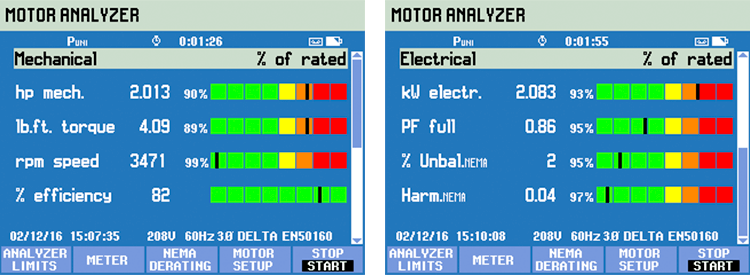Electric motors are the key component in many industrial processes and can account for up to 70% of the total energy consumed in an industrial plant and consume up to 46% of all generated electricity worldwide. Given their critical nature for industrial processes, the cost of downtime associated with failed motors can be tens of thousands of dollars per hour. Ensuring that motors are efficient and operate reliably is one of the most important tasks that maintenance technicians and engineers face daily.

The efficient use of electricity is not just a “nice to have.” In many circumstances, energy efficiency can mean the difference between profitability and financial losses. And, since motors consume such a significant portion of energy in industry, they have become prime target for generating savings and maintaining profitability. Additionally, the desire to identify savings through efficiency improvements and reduce dependency on natural resources is driving many companies to adopt industry standards such as ISO 50001. The ISO 50001 standard provides a framework and requirements for establishing, implementing and maintaining an energy management system for delivering sustainable savings.
Traditional motor testing methods
The traditional method for measuring electric motor performance and efficiency is well defined, but the process can be costly to setup and difficult to apply in working processes. In fact, in many cases motor performance checks even require a complete system shutdown, which can result in costly downtime. To measure electric motor efficiency both the electric input power and mechanical output power must be ascertained over a wide range of dynamic operating conditions. The traditional method of measuring motor performance first requires technicians to install the motor into a motor test bed. The test bed consists of the motor under test, mounted to either a generator or dynamometer.

The motor under test is then connected to the load by a shaft. The shaft has a speed sensor (tachometer) attached to it, and a set of torque sensors which provide data that enables the mechanical power to be calculated. This system provides data including speed, torque and mechanical power. Some systems also include electrical power measurement capability to enable the efficiency to be calculated.
Efficiency is calculated by:
ɳ(efficiency) =
Mechanical power
Electrical power

During testing the load is varied to determine the efficiency over a range of operating modes. The test bed system may seem straight forward but there are several inherent disadvantages:
- The motor must be removed from service.
- The motor load is not truly representative of the load the motor serves while in service.
- During testing the operation must be suspended (creating downtime) or a replacement motor must be temporarily installed.
- Torque sensors are expensive and have a limited operating range, so several sensors may be needed to test different motors.
- A motor test bed that can cover a wide range of motors is expensive and the users of this type of test bed are typically specialist motor repair or development organizations.
- “Real world” operating conditions are not taken in to account.

Electric motor parameters
Electric motors are designed for specific kinds of applications depending on the load, and as such each motor has different characteristics. These characteristics are classified according to National Electrical Manufacturers Association (NEMA) or International Electrotechnical Commission (IEC) standards and have a direct effect on the operation and efficiency of the motor. Each motor has a nameplate that details key motor operating parameters and efficiency information in accordance with either NEMA or IEC recommendations. The data on the name plate can then be used to compare the requirements of the motor against the true operating use mode. For example, when comparing these values, you may learn that a motor is exceeding its expected speed or torque specification, in which case the motor’s life may be shortened or premature failure may occur. Other effects such voltage or current unbalance and harmonics associated with poor power quality may also decrease motor performance. If any of these conditions exist, the motor must be de-rated—that is the expected performance of the motor must be reduced—which could result in a disruption to the process if not enough mechanical power is produced. The derating is calculated according to the NEMA standard in accordance with the data specified for the type of motor. The NEMA and IEC standard do have some differences but broadly follow the same lines.
Real world operating conditions
Testing electric motors on a motor test bed usually means the motor is being tested under the best possible conditions. Conversely, when the motor is used in service the best operating conditions do not typically exist. These variances in operating conditions all contribute to the degradation of the motors performance. For example, inside an industrial facility there may be loads installed that have a direct effect on the power quality causing unbalance in the system, or potentially causing harmonics. Each of these conditions can severely affect motor performance. In addition, the load being driven by the motor may not be optimal or consistent with the motor’s original design. The load may be too large for the motor to properly handle, or overloaded due to poor process controls, and can even be impeded by excess friction caused by a foreign object blocking a pump or fan impeller. Capturing these anomalies can be difficult and very time consuming making effective troubleshooting problematic.
A new approach
The Fluke 438-II Power Quality and Motor Analyzer provides a streamlined and cost-effective method for testing motor efficiency, while eliminating the need for external mechanical sensors and costly downtime. The Fluke 438-II, based on the Fluke 430-II Series Power Quality and Energy Analyzers, has the full capability to measure power quality while also measuring mechanical parameters for direct-on-line electric motors. Using data from the motor name plate (either NEMA or IEC data) coupled with three-phase power measurements, the 438-II calculates the real time motor performance data including speed, torque, mechanical power and efficiency without the need for additional torque and speed sensors. The 438-II also directly calculates the motor derating factor in operating mode.
The data required by the Fluke 438-II to perform these measurement is entered by the technician or engineer and includes the rated power in kW or HP, rated voltage and current, the rated frequency, rated cos φ or power factor, rated service factor and motor design type from the NEMA or IEC classes.

How it works
The Fluke 438-II unit provides mechanical measurements (motor rotating speed, load, torque and efficiency) by applying proprietary algorithms to electrical waveform signals. The algorithms combine a mixture of physics-based and data-driven models of an induction motor without requiring any of the pre-measurement testing typically needed to estimate motor model parameters, such as stator resistance. Motor speed can be estimated from the rotor slot harmonics present in the current waveforms. Motor shaft torque can be related to induction motor voltages, currents and slip by well-known but complex physical relations. Electric power is measured using the input current and voltage waveforms. Upon obtaining torque and speed estimates, the mechanical power (or load) is computed using torque times speed. The motor efficiency is computed by dividing the estimated mechanical power by the measured electric power. Fluke conducted extensive testing with instrumented motors driving dynamometers. Actual electric power, motor shaft torque and motor speed were measured and compared to the values reported by the 438-II to determine accuracy levels.
Summary
While the traditional methods for measuring electric motor performance and efficiency are well defined, they are not necessarily widely implemented. This is in large part to the cost of downtime associated with taking motors, and sometimes entire systems, offline for testing purposes. The Fluke 438-II provides extremely useful information that until now has been extremely difficult and expensive to acquire. Additionally, the Fluke 438-II uses its advanced power quality analysis capabilities to measure the state of power quality health while the system is in real operating mode. Taking critical motor efficiency measurements is simplified by eliminating the need for external torque and separate speed sensors, making it possible to analyze the performance of most industrial motor driven processes while they are still in service. This gives technicians the ability to decrease downtime and gives them the opportunity to trend motor performance over time, giving them a better picture of overall system health and performance. By trending performance, it becomes possible to see changes that may indicate imminent motor failures and allow replacement before failure.